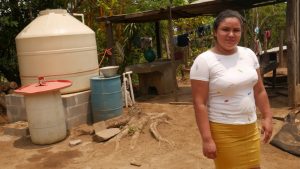
By External Source
May 2 2023 (IPS-Partners)
World Press Freedom Day was inaugurated by the United Nations in 1993.
The 3rd of May will mark its 30th anniversary with the theme of:
“Shaping a Future of Rights: Freedom of expression as a driver for all other human rights”.
The impetus to establish such a day came out of Africa with the Windhoek Declaration of 1991.
Political optimism gripped much of the continent as apartheid unraveled in South Africa.
Namibia shook off colonial rule and Ethiopia’s murderous dictator resigned.
In the decade that followed, independent journalism blossomed globally.
But after the invasion of Iraq and Afghanistan in the 2000s, regression began anew.
The Swedish-based V-Dem Institute, which monitors political freedoms globally, says the gains of the past 35 years have been wiped out.
It estimates that 72% of the world’s population – 5.7 billion people – now live in autocracies.
“The decline is most dramatic in the Asia-Pacific region, which is back to levels last recorded in 1978,” it says in its 2023 Democracy Report.
U.S. watchdog Freedom House suggests Global freedom declined for the 17th consecutive year.
85% of the world’s population experienced a decline in press freedom in just the last 5 years.
Mis- and disinformation has contributed to years of declining trust in media worldwide.
News services have been blocked online, journalists illegally spied on, and media sites hacked.
The limits of the U.N. mechanisms to keep journalists safe were clearly on display after the 2018 murder of journalist Jamal Khashoggi in the Saudi consulate in Istanbul.
But there is still a lot the U.N. can do with its existing authority and structure.
Supportive member states need to invest in strengthening UNESCO’s plan on journalist safety.
They also need to do and say more against those states that ignore or violate human rights.
The key to opening freedom of expression is to move beyond the day itself, and to demand it day after day after day.








